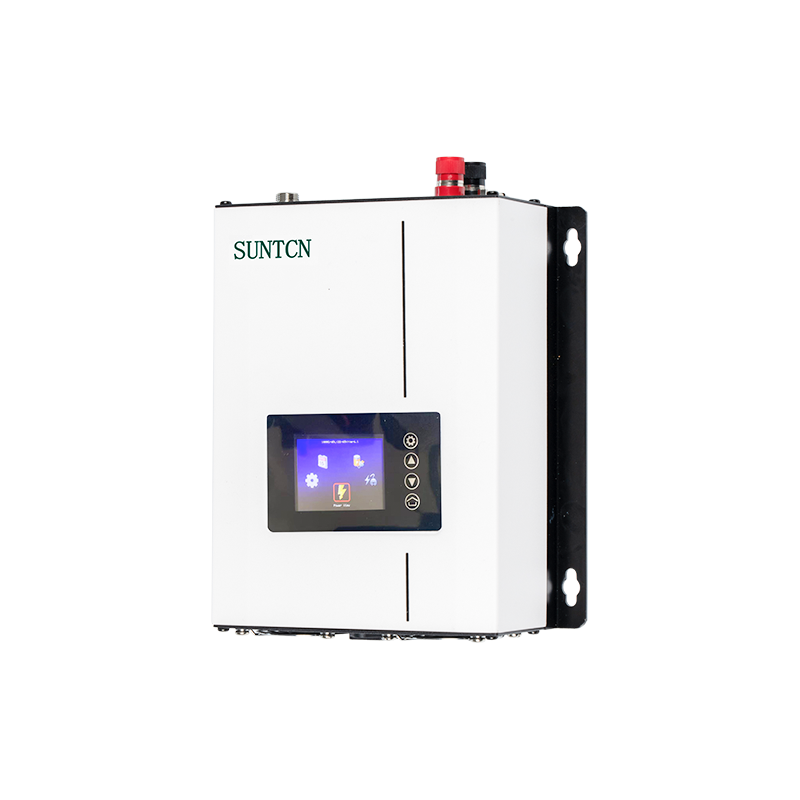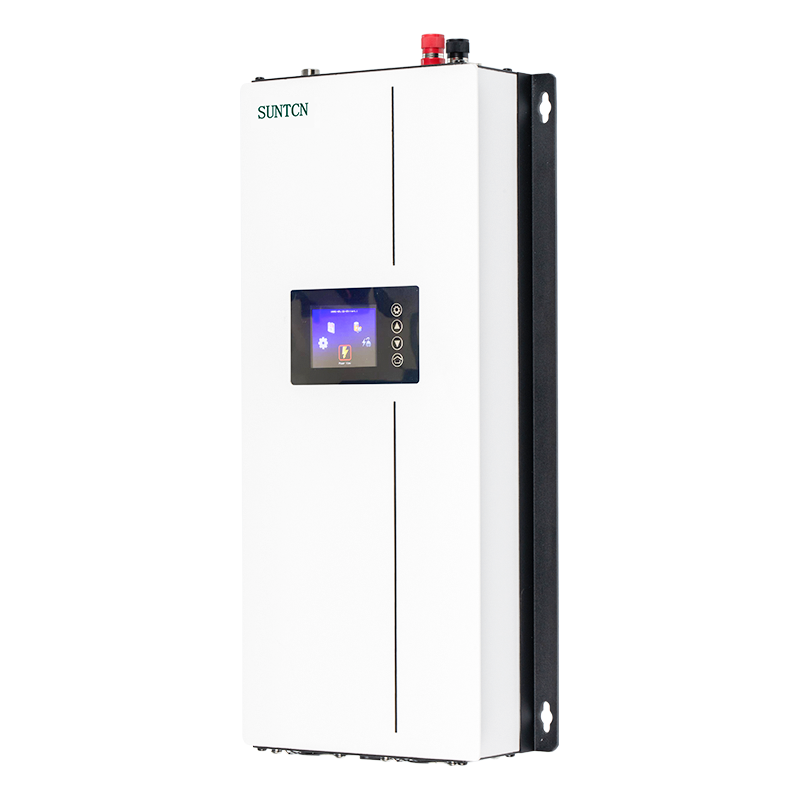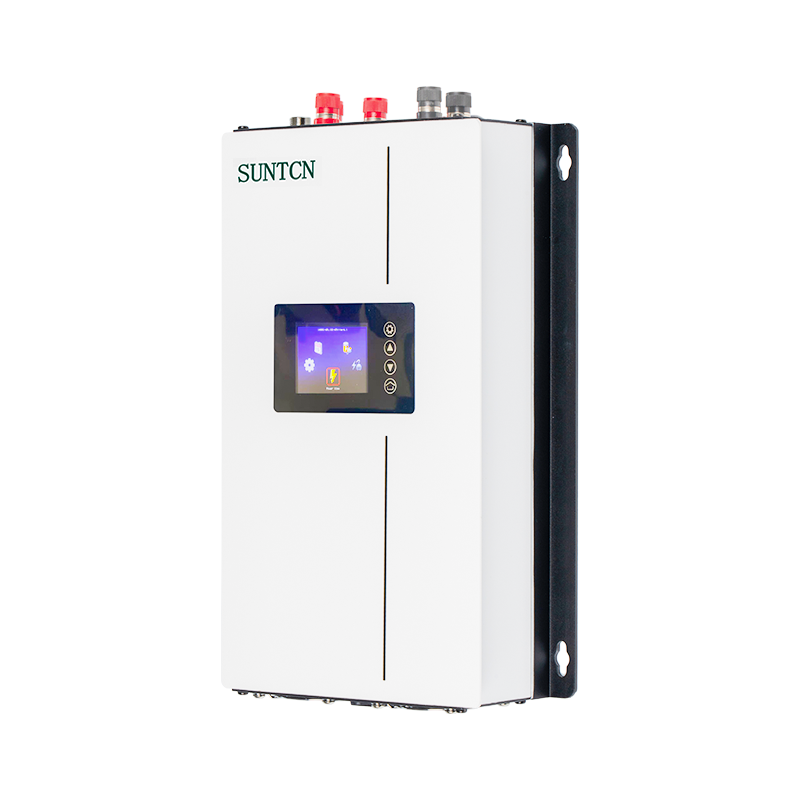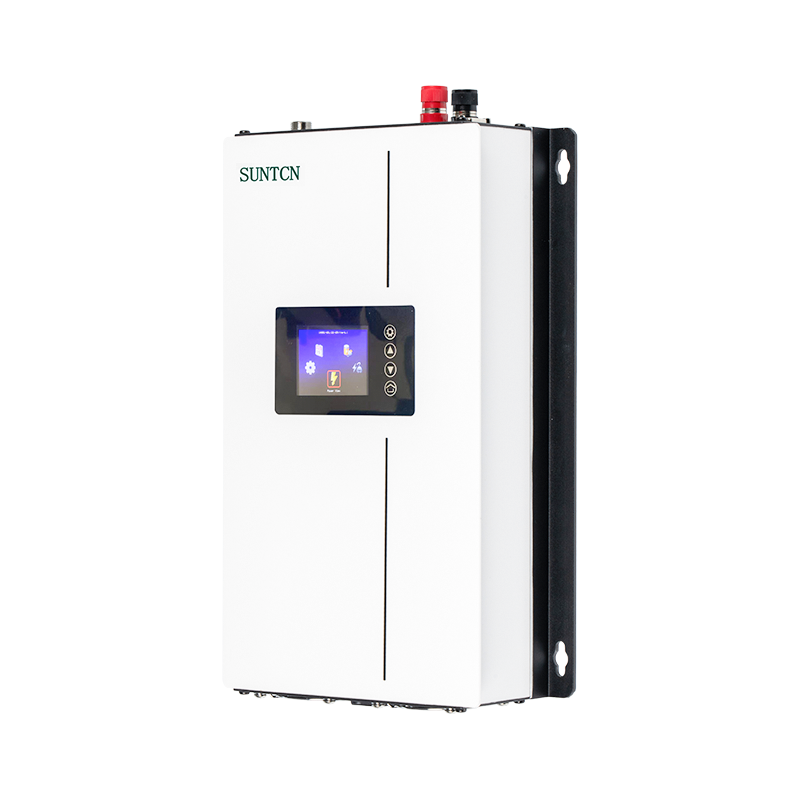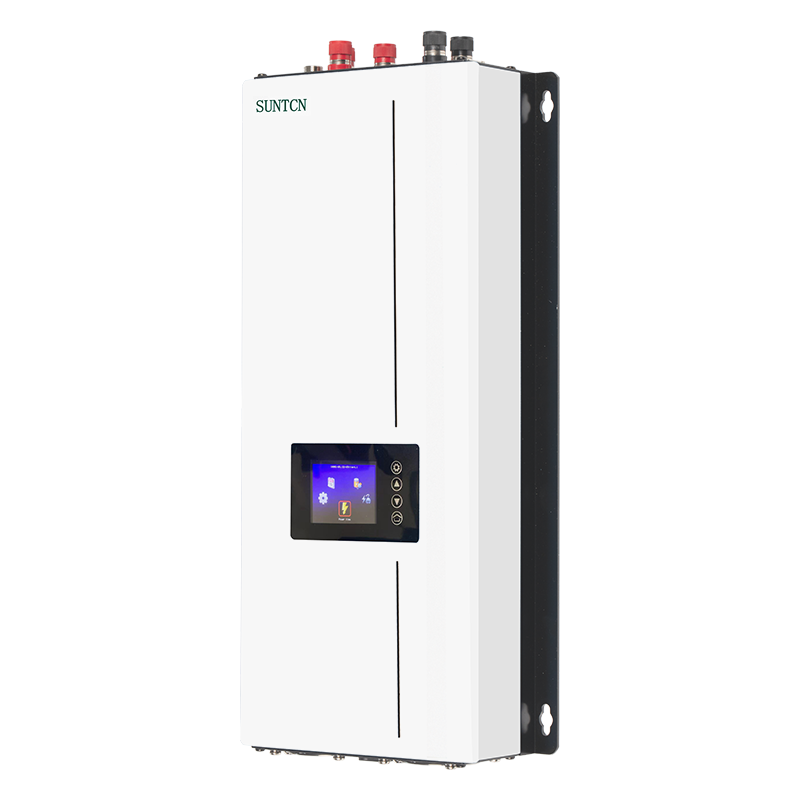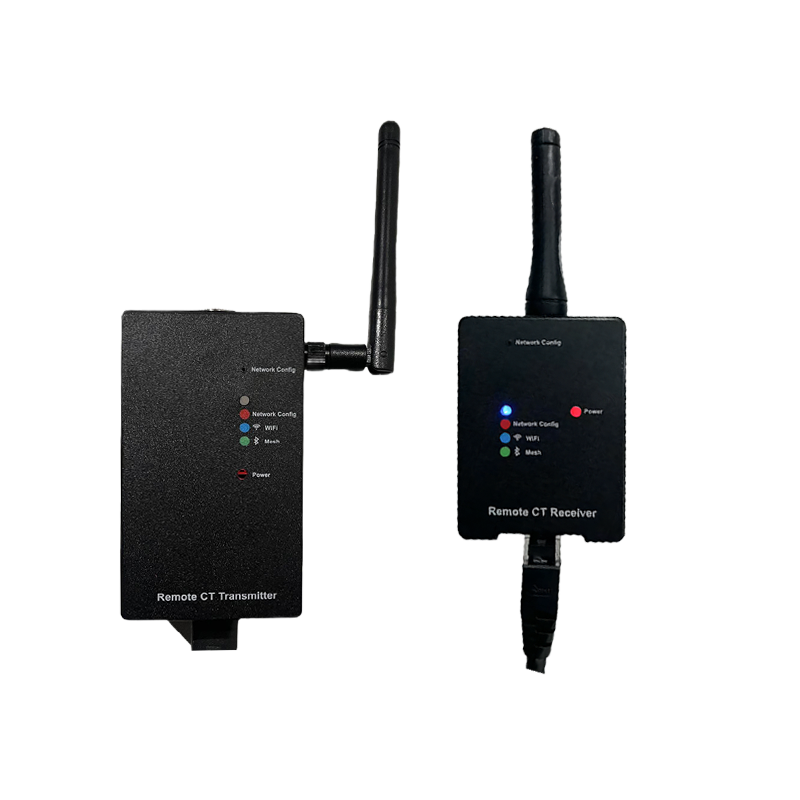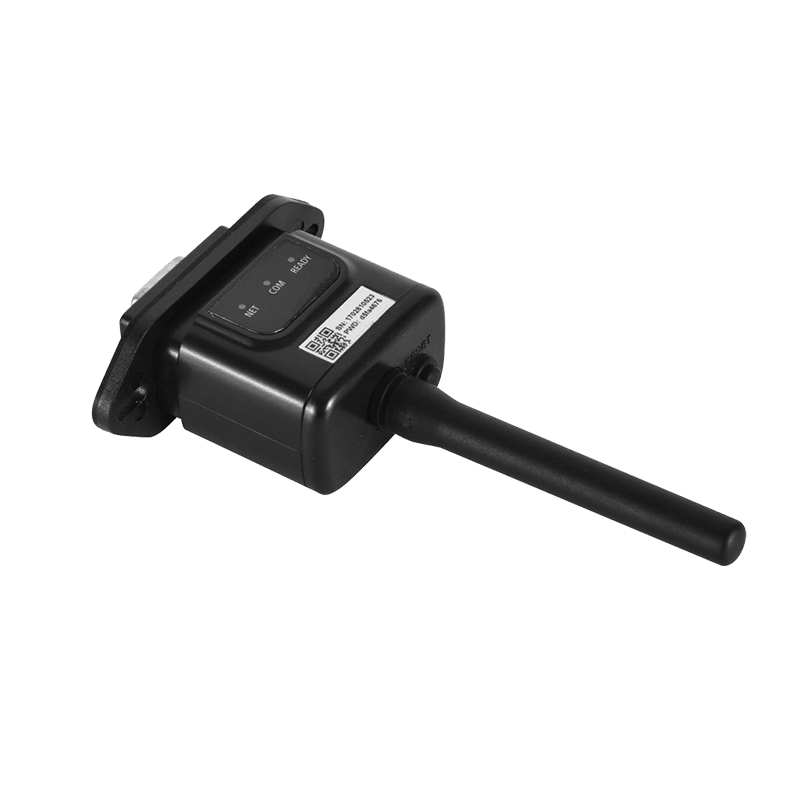With the increasing popularity of renewable energy, solar power generation has been widely used worldwide as a clean and sustainable form of energy. Grid-Tie Inverter, as a key component in solar power generation systems, plays the role of converting direct current (DC) into alternating current (AC) and transmitting it to the grid. This article will introduce the working principle, types, selection points and maintenance strategies of grid-tie inverters in detail.
The core function of the grid-tie inverter is to convert the direct current generated by solar panels into alternating current synchronized with the grid. This process involves the following steps:
The direct current generated by solar panels is transmitted to the inverter.
The electronic circuit inside the inverter converts the direct current into alternating current.
The inverter adjusts the frequency of the output alternating current to match the frequency of the grid.
The inverter ensures that the phase of the output alternating current is consistent with the phase of the grid.
The synchronized alternating current is transmitted to the grid for household use or sold back to the grid.
Types of Grid-Tie Inverters
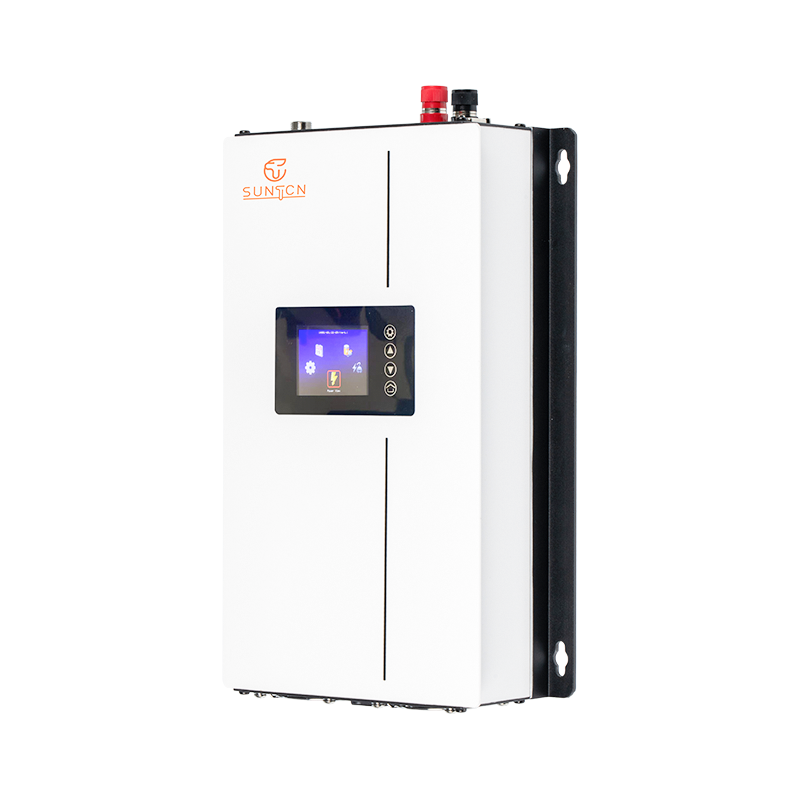
Applicable to large-scale solar power generation systems, which centrally convert the direct current of multiple solar panels into alternating current.
Suitable for small and medium-sized systems, each inverter corresponds to a group of solar panels.
Installed on each solar panel, it converts DC to AC individually to improve system efficiency.
In addition to converting DC to AC, it can also convert AC back to DC, which is suitable for energy storage systems.
Key points for selecting grid-connected inverters
Choose the appropriate inverter power according to the scale of the solar power generation system.
Choosing a high-efficiency inverter can reduce energy loss and improve system performance.
Make sure the inverter is compatible with solar panels and other system components.
Choose an inverter that meets local grid standards and safety regulations.
Choose a well-known brand and consider the quality and availability of after-sales service.
Maintenance strategy for grid-connected inverters
Regular inspection: Regularly check the operating status of the inverter, including temperature, noise, and output power.
Cleaning: Keep the exterior of the inverter clean to avoid dust and dirt that affect heat dissipation and performance.
Software update: Timely update the firmware of the inverter to obtain the latest performance optimization and safety features.
Professional maintenance: For complex faults, professional technicians should be contacted for inspection and repair.
Environmental adaptability: Ensure that the inverter is installed in a suitable environment to avoid high temperature, humidity and strong vibration.
As an important part of the solar power generation system, the performance and reliability of the grid-connected inverter directly affect the efficiency and service life of the entire system. By understanding the working principle, type, selection points and maintenance strategy of the inverter, users can better utilize this technology and achieve efficient use of clean energy. With the continuous advancement of technology and the reduction of costs, grid-connected inverters are expected to play a greater role in the energy field in the future.

 English
English Español
Español Deutsch
Deutsch